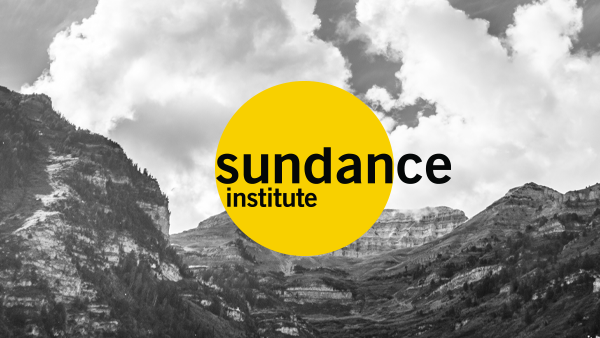Sundance Institute
Meet Emily Doe, one of our new hires on the shorts programming team. We wanted to introduce you to one of the six people who are currently deciding on the fate of thousands of submissions.
Tell us a bit about your background.
I
moved to San Francisco after graduating from Kenyon College in 2005
with a degree in film and literature, and started working at McSweeney’s
right as they launched Wholphin, the quarterly DVD magazine of short
films. I spent five years as the associate editor and producer of the
publication before transitioning into an editor-at-large position.
What’s the role of a programmer, in your opinion?
I think the programmer is responsible for separating the wheat from the chaff. There is a lot of content out there, and because of that it can sometimes be hard to find the really great stuff you’re looking for, but luckily there are programmers who are thrilled to have the job of scouring, finding, and championing this work.
What attracts you to the short form?
The infinite possibility of it all. A short film could be two minutes or fifty. It could be one continuous shot. It could have one character or dozens. It could be live-action or documentary or animation. The only thing that defines it is that it’s not feature length, and as a result it doesn’t have the same marketing pressures put on it.
Of course, we might be coming up on a time where short films will start turning a profit instead of just garnering the filmmaker attention and great reference, but with that I imagine will come certain money-making limitations on the content itself and I look forward to seeing how this effects the medium.
To illustrate the diversity of the category, three of my favorite films are “short”: Destin Daniel Cretton’s Short Term 12, which is a 22-minute live-action drama, Mark Osborne’s MORE, a 6-minute claymation set to a New Order song, and Jeremy Clapin’s Skhizein, a 13-minute French animation. They are very different films, but all are truly, deeply touching.
What advice would you give filmmakers who are about to put their film out on the festival circuit?
I think it’s incredibly important to know your audience. Look for the festivals whose interests and genres overlap with your own, and think locally, because festivals love to promote their own homegrown talent. I also think that a good website goes a long way. This is more related to distribution, but films that one can easily find online—production stills, contact information, clips or even the full film—are that much easier to potentially acquire.
What’s been your best festival experience?
I definitely think that my favorite thing about attending festivals is getting to meet the filmmakers whose work I’ve been so pleased to promote. Don’t get me wrong, I’m all for technology, but there’s nothing more satisfying than looking someone in the eye when you gush to them about how their film has effected you personally.
What’s your biggest pet peeve when it comes to your shorts screening experience?
I get really frustrated by the “it was all a dream” ending. It seems to invalidate everything that happened up until that point, including the time that I spent watching the film. Cameos also really rub me the wrong way. Regardless of whether it’s the celebrity him/herself or someone playing them, it’s such a jarring reminder that you’re watching a movie, which thrusts you into reality and out of the world of the film.
The thing that bugs me the most, though, is insincerity. When it’s clear that the intention is superficial or solely to get noticed, the film often feels more like a scam than a story. I think regardless of contributing factors—production value, subject matter, running time, etc.—the one thing that I can never really argue with is personal, heartfelt motivation. When that comes through in a film, it just slays me.
What are your thoughts on shorts distribution? How has it changed? What is the future? Who is doing it right and who isn’t?
Honestly, I’m so excited about the future of short film distribution. Between online, mobile, and DVD, the audience is only getting bigger and wider.
As far as DVD goes, I think Wholphin continues to find and distribute the absolute must-see shorts every year. I’m also a big fan of the Cinema 16 series out of England, which is a little harder to get your hands on stateside. YouTube has been doing great things with the high-quality short content channel The Screening Room, which is free for users and kicks back money to the filmmakers from ad revenue.
I also think that we’re seeing filmmakers start to find some success in self-distribution, whether that be through a channel online, a digital download, or a DVD. Take someone like Don Hertzfeld, whose active fan base helps fund his work. I think it’s still early to gauge how the digital era will affect the viability of short films, but I for one am very optimistic.

Emily with filmmakers Nathan and David Zellner.




